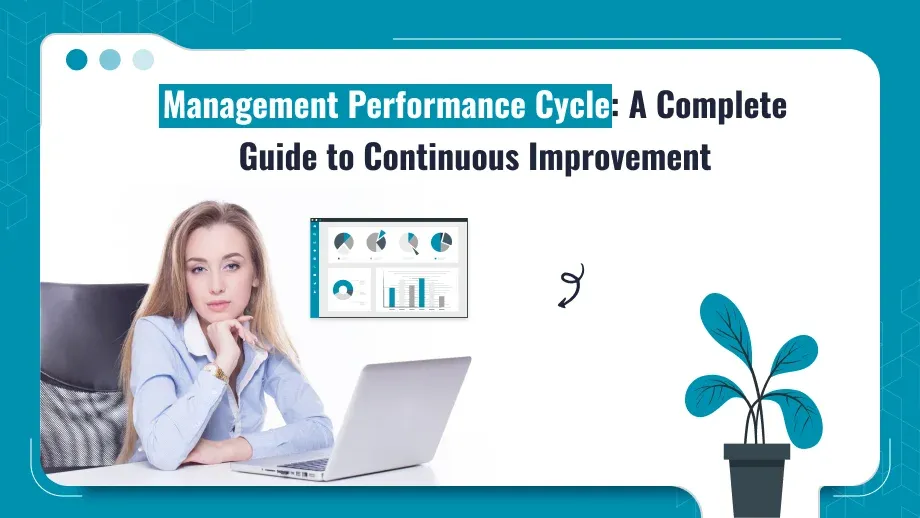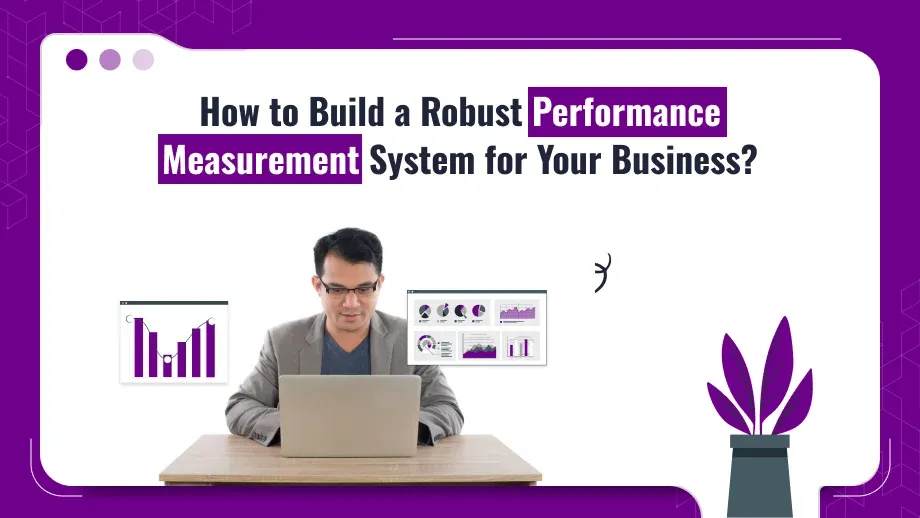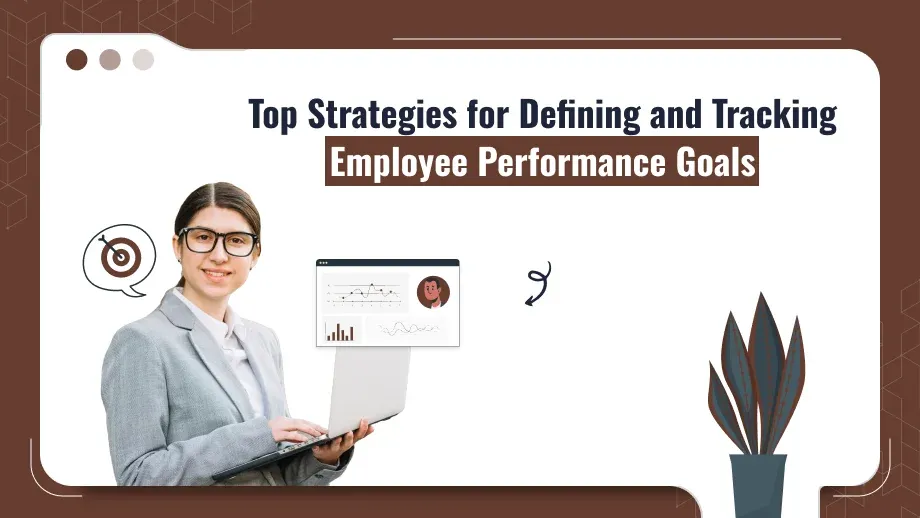
In today’s fast-paced trade environment, overseeing execution successfully is fundamental for any organization that points to stay competitive and cultivate long-term development. management performance cycle is a imperative system that makes a difference businesses ceaselessly assess, screen, and improve worker execution whereas adjusting it with organizational goals.
This web journal investigates the stages, benefits, and best hones of the management performance cycle and clarifies how organizations can use this prepare to cultivate ceaseless change through the right performance management tools and systems.
What is the management performance cycle?
The management performance cycle is a organized handle utilized by organizations to adjust person representative execution with broader trade goals. This ceaseless cycle comprises of key stages: objective setting, execution checking, assessment, input, and advancement. The extreme point is to make a input circle where workers can get direction, move forward their abilities, and contribute more viably to the company’s success.
The cycle plays a significant part in advanced commerce business performance management cycles by upgrading representative engagement, supporting career advancement, and progressing the generally productivity of performance management system.
Stages of the management performance cycle
Each organize in the management performance cycle builds on the past one, making a consistent prepare that cultivates ceaseless change. The cycle regularly comprises of the taking after phases:
1. Objective Setting
The to begin with step in the management performance cycle is setting clear, quantifiable, and reasonable objectives. These objectives serve as the establishment for execution administration and ought to be straightforwardly connected to the company’s vital destinations. HR experts or group pioneers collaborate with representatives to guarantee that person objectives adjust with organizational priorities.
Goals must be well-defined and noteworthy. The most successful objectives take after the Shrewd criteria:
- Measurable: Build up criteria for measuring progress.
- Achievable: Set objectives that are challenging however attainable.
- Relevant: Guarantee objectives are adjusted with the company’s objectives.
- Time-bound: Indicate a due date for accomplishing the goal.
By setting Keen objectives, workers have a clear understanding of what is anticipated of them and how their endeavors contribute to the company’s generally success.
2. Execution Monitoring
Once objectives are set up, the another step in the management performance cycle is checking and following advance. Nonstop checking makes a difference supervisors and representatives remain centered and make vital alterations if they go astray from their destinations. This organize guarantees that execution remains adjusted with the set objectives all through the cycle.
There are a few strategies to screen representative execution effectively:
- Regular Check-ins: Planned one-on-one gatherings between supervisors and representatives offer assistance talk about advance, distinguish challenges, and give guidance.
- Performance Administration Devices: Computerized arrangements like Performance Management successfactors or other program can empower real-time following of advance and give analytics that makes a difference survey worker execution accurately.
- Team Gatherings: Standard group gatherings offer a stage for talking about progressing ventures, investigating person commitments, and guaranteeing arrangement with group goals.
Performance checking gives basic bits of knowledge into representative efficiency, engagement, and the viability of the objectives set amid the starting phase.
Boost your team’s success with an effective Management Performance Cycle.
Contact us to get started today!
3. Execution Evaluation
After checking advance all through the cycle, the assessment organize takes put. This stage includes a formal appraisal of how well workers met their destinations, both in terms of the quality of their work and the competencies they exhibited.
Evaluations are ordinarily conducted quarterly, biannually, or yearly, depending on the organization. Amid assessments, employees’ work is surveyed based on the objectives set at the starting of the cycle. This survey includes:
Quantitative Evaluations: Utilizing data-driven measurements like deals numbers, venture due dates, or yield volume.
Qualitative Evaluations: Assessing aptitudes such as authority, collaboration, communication, and problem-solving.
A well-executed execution assessment gives a comprehensive outline of worker commitments and highlights both qualities and zones for improvement.
4. Giving Feedback
Constructive criticism is the spine of the management performance cycle. Once assessments are completed, supervisors must give opportune and noteworthy input. Input makes a difference representatives get it how they are performing and what alterations are required for nonstop improvement.
Effective input should:
- Be Particular: Clearly diagram the regions where representatives exceed expectations and where advancements are required.
- Be Opportune: Give criticism before long after assessments to guarantee relevance.
- Focus on Development: Highlight openings for advancement, such as extra preparing or career advancement.
Continuous criticism, or maybe than holding up for yearly audits, makes a culture of progressing advancement, cultivates straightforwardness, and makes a difference workers alter their execution in genuine time.
5. Improvement and Enhancement Plans
The last organize of the management performance cycle is centered around representative advancement. Based on the criticism given amid assessments, supervisors work with workers to make personalized advancement and enhancement plans. These plans diagram particular steps for workers to take in the another execution cycle to upgrade their aptitudes, efficiency, and career growth.
Development plans ordinarily include:
- Training Openings: Giving get to to proficient improvement programs that address particular ability gaps.
- Mentorship: Allotting guides to direct workers in their development journey.
- Job Revolutions: Advertising workers the chance to work in distinctive parts to pick up broader experience.
A center on advancement not as it were progresses worker execution but too increments maintenance, engagement, and generally work fulfillment.
The Significance of the management performance cycle
The management performance cycle offers a few benefits to both workers and organizations. Its ceaseless nature guarantees that execution is reliably checked and progressed, cultivating an environment of development, responsibility, and arrangement with commerce goals.
1. Advances Ceaseless Improvement
The patterned nature of the administration execution cycle empowers workers to ceaselessly refine their aptitudes, adjust to changing trade needs, and endeavor for higher levels of execution. This continuous handle guarantees that workers are not stagnant in their parts but are persistently working toward individual and proficient growth.
2. Upgrades Worker Engagement
By setting clear desires, giving nonstop criticism, and advertising advancement openings, the management performance cycle boosts representative engagement. When workers get it how their work contributes to bigger company objectives and get acknowledgment for their endeavors, they are more likely to be propelled and committed to their roles.
3. Increments Organizational Agility
Organizations that execute a well-structured management performance cycle are more dexterous and superior prepared to react to changes in the advertise or trade environment. Normal execution audits and alterations permit companies to recognize and address challenges some time recently they ended up basic issues, guaranteeing nonstop arrangement with key objectives.
4. Bolsters Vital Decision-Making
Data-driven experiences from execution assessments empower HR groups and supervisors to make educated choices around advancements, preparing needs, workforce arranging, and more. By analyzing execution patterns, companies can way better designate assets and distinguish zones of the commerce that require extra support.
5. Progresses Worker Retention
A solid center on representative advancement and input makes a strong work environment where representatives feel esteemed. As a result, representatives are more likely to remain with the company, decreasing turnover rates and the related costs of enlisting and onboarding modern ability.
Best Hones for Executing the management performance cycle
To get the most out of the administration execution cycle, organizations must take after certain best practices:
1. Set Clear and Achievable Goals
From the beginning, guarantee that objectives are particular, quantifiable, and pertinent to both the representative and the organization. This clarity gives heading and guarantees that all workers are working toward the same objectives.
2. Utilize Execution Administration Tools
Implementing performance management tools like Performance Management successfactors or other advanced stages can streamline the handle by robotizing objective setting, following advance, and collecting execution information. These devices make it simpler to screen execution in real-time and guarantee that representatives stay on track.
3. Empower Normal Check-ins
Frequent check-ins between directors and workers keep communication open and guarantee that any deterrents to execution are tended to expeditiously. These gatherings give an opportunity to alter objectives, realign desires, and offer direction as needed.
4. Give Persistent Feedback
Make criticism an continuous prepare or maybe than restricting it to formal assessments. Persistent input guarantees representatives can make real-time advancements and remain locked in with their development.
5. Tailor Improvement Plans
Development plans ought to be customized to fit the person needs of each representative. Center on recognizing particular aptitudes or competencies that require change and give focused on preparing or improvement openings to address those zones.
Challenges in the management performance cycle
While the management performance cycle gives various benefits, there are moreover challenges that organizations may confront when executing it.
1. Overseeing Inclination in Evaluations
One common challenge is the potential for predisposition in execution assessments. Subjective suppositions, oblivious inclination, or favoritism can skew comes about and lead to unjustifiable assessments. Organizations ought to utilize objective, data-driven criteria at whatever point conceivable and prepare directors to recognize and relieve bias.
2. Resistance to Feedback
Not all representatives are open to criticism, especially if it highlights regions for enhancement. To overcome resistance, directors ought to make a culture where criticism is seen as a positive and vital component of development, centering on the benefits of ceaseless improvement.
3. Adjusting Time and Resources
Implementing a strong management performance cycle can be time-consuming, particularly for huge organizations. It requires devoted assets to guarantee that each arrange of the cycle is executed successfully. Contributing in performance management tools and giving appropriate preparing for supervisors can offer assistance streamline the process.
Conclusion
The management performance cycle is an basic apparatus for moving forward worker execution, cultivating nonstop development, and adjusting person endeavors with broader organizational goals. By setting clear objectives, checking advance, assessing execution, and giving useful input, companies can make a culture of responsibility and improvement that drives long-term success.
When viably executed, the management performance cycle engages workers to reach their full potential, improves engagement, and guarantees that the organization remains dexterous and competitive in a energetic trade environment.





